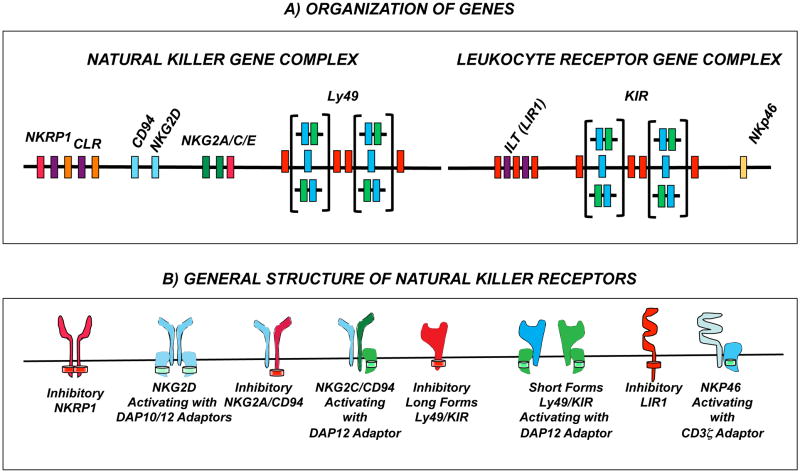Figure 1. NK cell receptor genes and their products.
Only receptors mentioned in the text are represented. (A) NK cell receptor genes reside principally in two genomic regions named the natural killer gene complex or the lymphoctye receptor complex. The natural killer gene complex (NKC) on human chromosome 12p12-p13 and mouse chromosome 6 encodes receptor molecules of the the C-type lectin-like family. Within the Ly49 gene family presents the most extensive inter-specific and inter-individual variation in terms of gene content. Whereas in rodents Ly49 define haplotypes with different gene number and extensive allelic polymorphism, in humans, there is a single Ly49 gene which corresponds to the pseudogene, LY49L. Other C-type receptor genes (including the single CD94 gene as well as the NKG2, NKRP1 and CLR gene families are more conserved. The leukocyte receptor complex, on human chromosome 19q13.4 and mouse chromosome 7, encodes immunoglobin-like receptors. Within this complex, the KIR gene family is highly variable between species and individuals. Humans carry polymorphic KIR haplotypes that also vary in gene number. Rodents lack KIR genes but carry ILT (known as paired-iimunoglobin-receptor (Pir) genes in mice) and Nkp46 gene homologues. (B) Natural killer receptor products of the genes mediate inhibitory or activating signals, the balance of which determines NK cell activity. Irrespective of their family, inhibitory NK cell receptors (in red) bear an immunotyrosin inhibitory motif (ITIM, red disk) in the cytoplasmic domain. Activating receptors (other colors) associate with adaptor proteins that carry immunotyrosine activating motifs (ITAM, green disks). NKG2D forms homodimers expressed in virtually all NK cells. The preferred adaptor protein is DAP10 but in mice NKG2D can also associate with DAP12. Activating NKG2C/CD94, Ly49 and KIR receptors associate to the signaling adaptor DAP12 whereas NKP46 uses CD3ζ.

